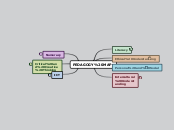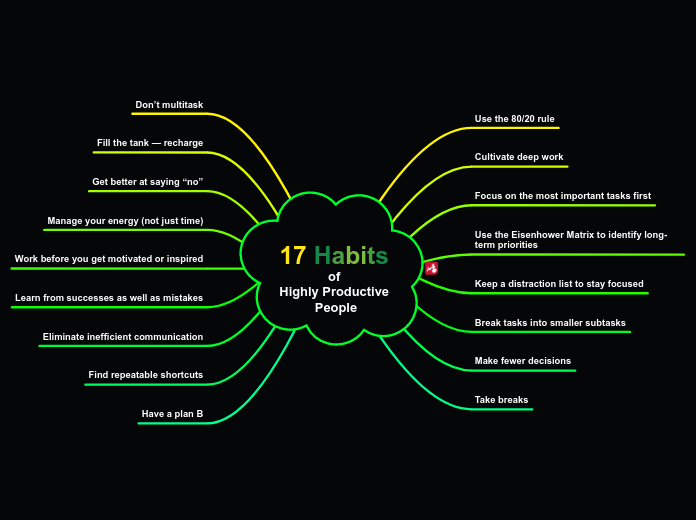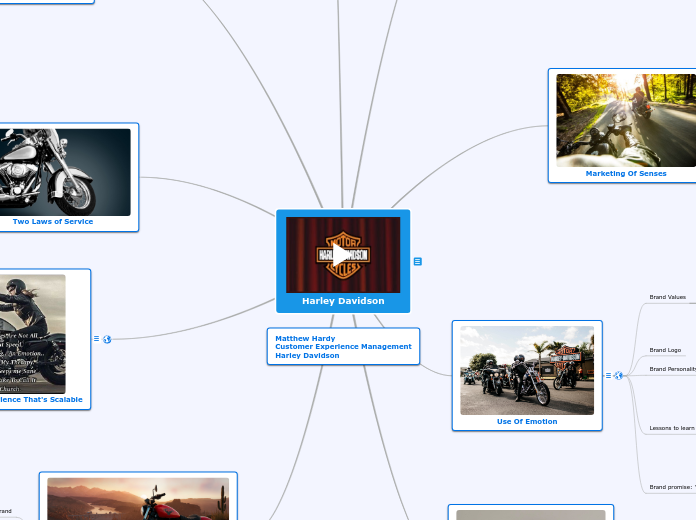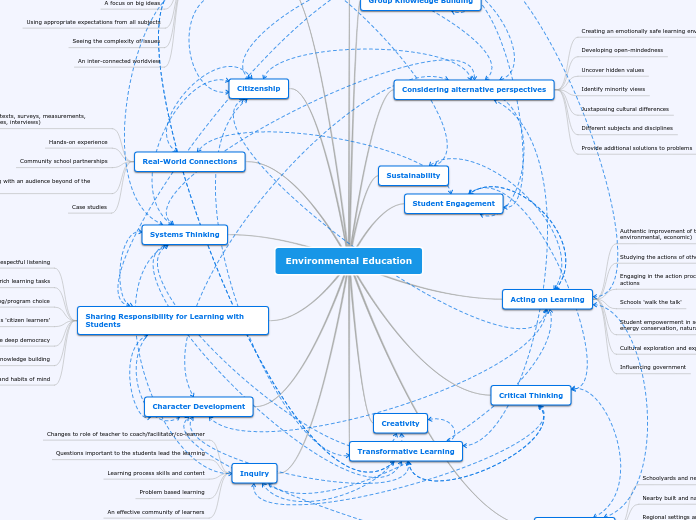PEDAGOGY MAP
ICT
Interpretation and creation of print, visual and multimodal texts using ICT
Use of communication technologies
Collaboration and communication with others electronically
Conduct online research
Interpretation and creation of digital texts
Navigate and follow research trails
Use of word processing programs and other software
Select and evaluate information found online
Use of digital publishing
Access, analyse, modify and create hybrid digital and multimodal texts
Critical and Creative Thinking
Discussion of aesthetic or social value of texts
Responding to views of others
Stating and justifying points of view
Share personal responses and expressions of preference for specific texts
Recreation and experimentation with literature
Imagine possibilities, plan, explore and create ideas for imaginative texts
Explore creative potential of English language
Consider innovations made by authors
Listening, reading, viewing, creating and presenting texts
Create own written, visual and multimodal texts
Explore influence or impact of subjective language, feeling and opinion on interpretation of a text
Critical analysis of opinions, points of view and unstated assumptions embedded in texts
Numeracy
Engagement with the role of mathematical concepts in given texts
Interpretation and creation of visual representations
Relationships between components of narrative or argument
Visual organisers:
- Venn diagrams
- Flowcharts
Effective choice when creating own visuals
Analytical images:
- figures
- tables
- diagrams
- maps
- graphs
Complement information in factual and persuasive texts
Explore rhythms, syllables, sound patterns in:
- stories
- rhymes
- songs
- poetry
Quantitative and spatial information:
- percentages
- statistics
- numbers
- measurements
- directions
Interpretation, analysis and creation of texts to present issue or argument
Objective vs. subjective and source credibility
Sort information into categories that can be measured
Intercultural Understanding
Comprehension and creation of a range of texts that present diverse cultural perspectives
Empathise with variety of people and characters in various cultural settings
Engage with literature from wide range of cultures
Explore role of myth, symbolism and life matters on ideas and perspectives throughout history
Study of texts from different historical, social and cultural contexts
English language influenced by:
- cultural groups
- languages
- speakers
- writers
Engagement with traditional and contemporary texts in a range of media (English and translated forms)
Interpretation and analysis of authors' ideas and positions
Appreciate issues of intercultural meaning and sensitivity
Question stated and unstated cultural assumptions and beliefs
Personal and Social
Language as central to personal and social identity
Development of effective communication skills and self-expression
Interaction and collaboration with others
Articulation of own opinions and beliefs
Language key component of social interactions across all social situations
Close reading and discussion of imaginative and persuasive texts
Develop connections and empathy with characters across range of social contexts
Experience and evaluate range of personal and social behaviours and perspectives
Explore narrative points of view
Various interpretations and responses
Ethical Understanding
Consider and make judgements about motives and actions
Speculation on impact of life experience on decision making process
Is position reasonable?
Application of reason, empathy and imagination
Language as inclusive or exclusive
Power of language use
Harmful or helpful?
Embedded negative or positive connotations
Determine/express point of view on issues of empowerment and disempowerment in imaginative and persuasive ways
Influence:
- judgements
- consequences
- opinions
Subjective vs. objective language
Study positions and dilemmas in range of texts:
- social
- moral
- ethical
Exploration of impact of ethical principles on behaviour and judgement:
- fiction
- non-fiction
Literacy
Engagement with text: auditory, written and visual forms
Critical interpretation and evaluation of information and organisation
Language choice in own texts
Close reading and search for meaning
Potential of language:
- creative
- communicative
Application of phonic, contextual, semantic and grammatical knowledge
Interpretation and creation of variety of text forms:
- print
- visual
- multimodal









